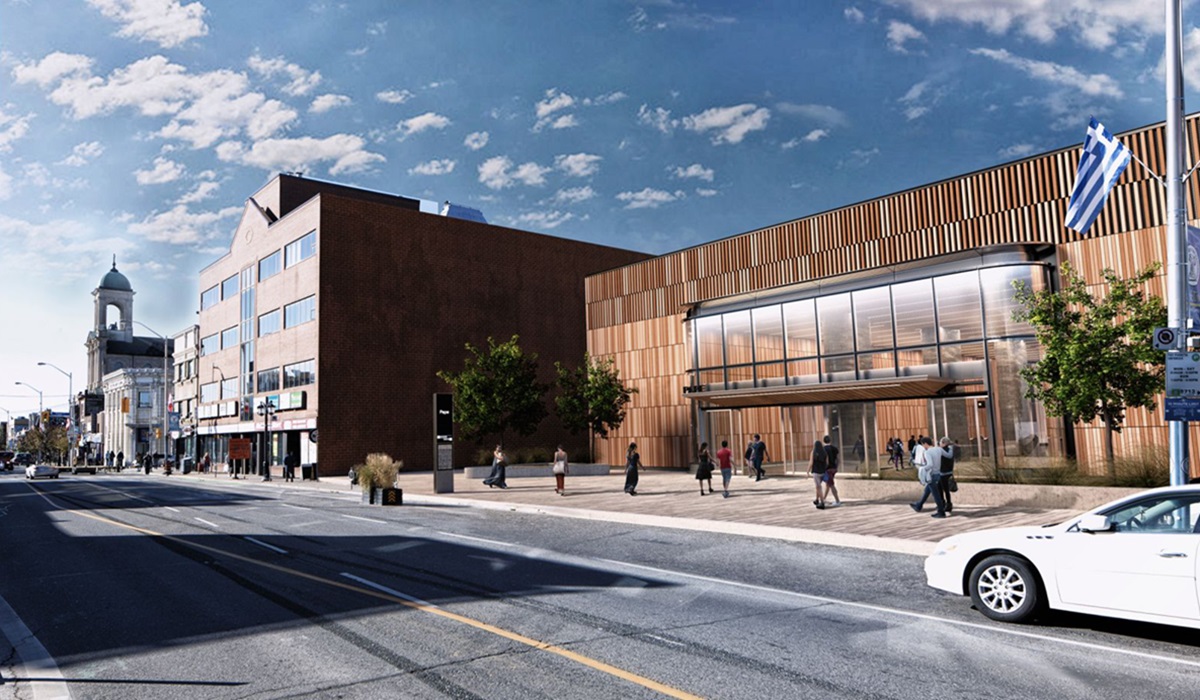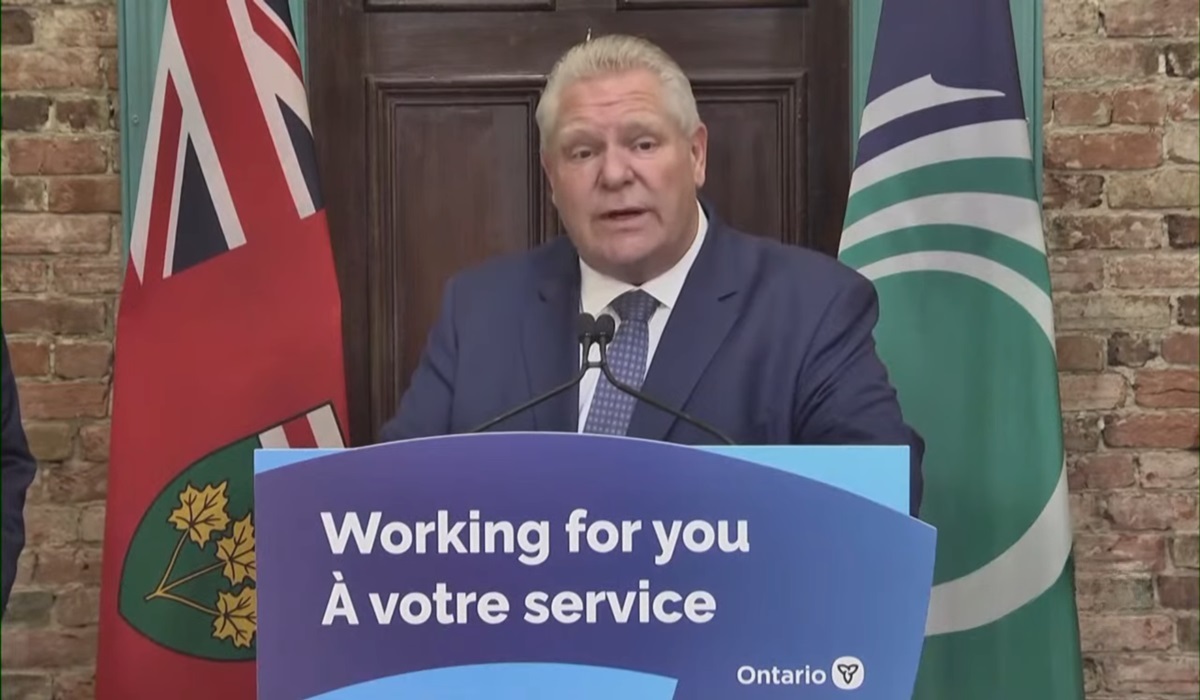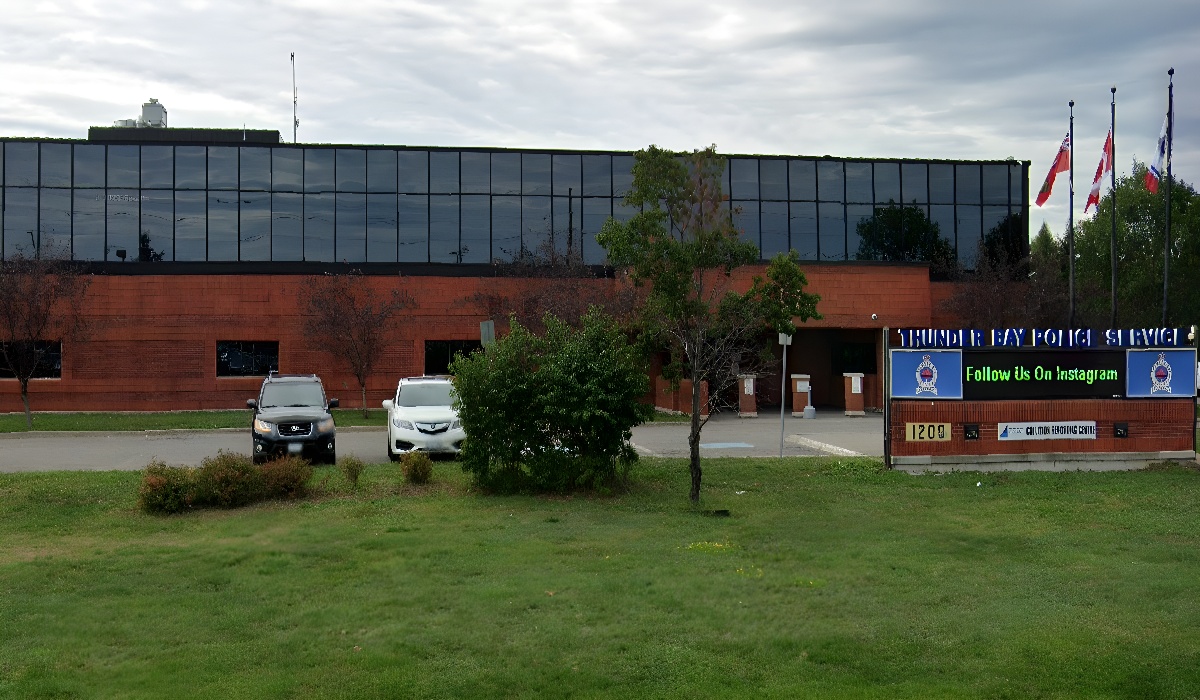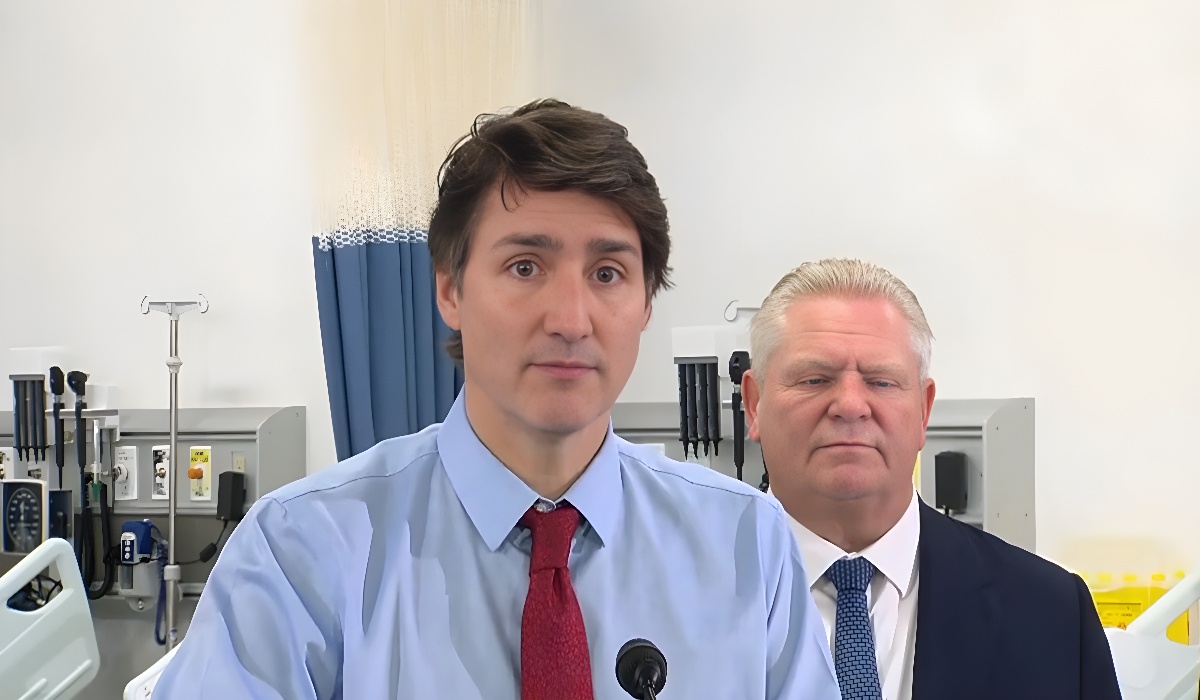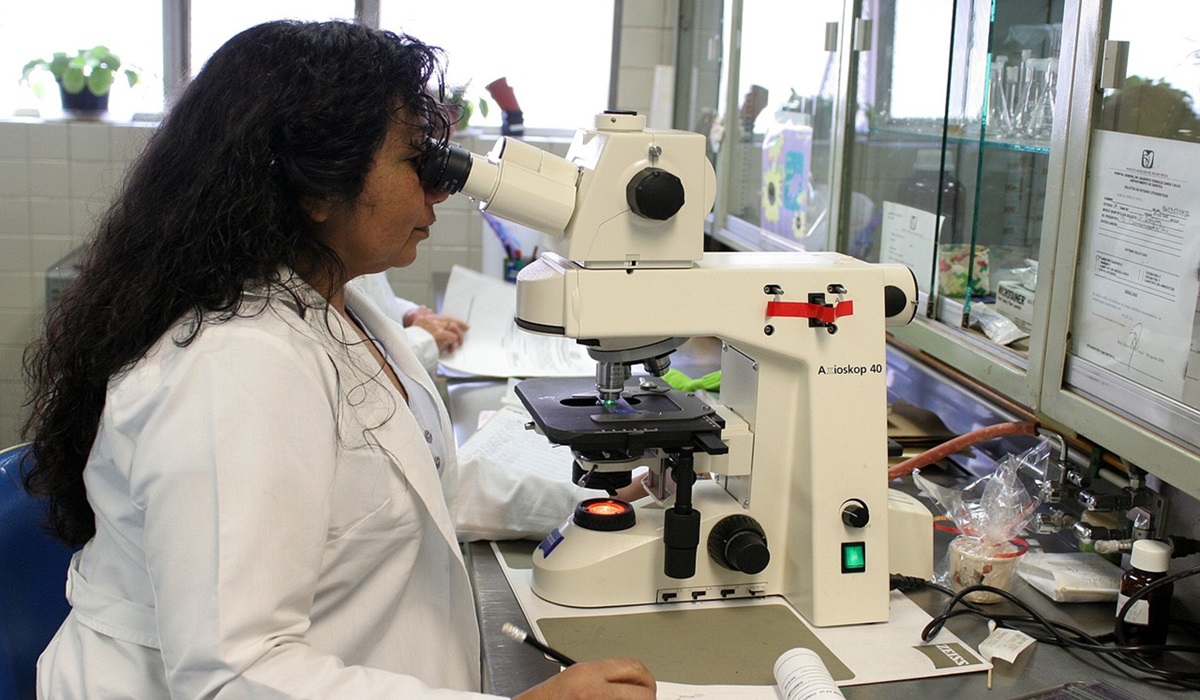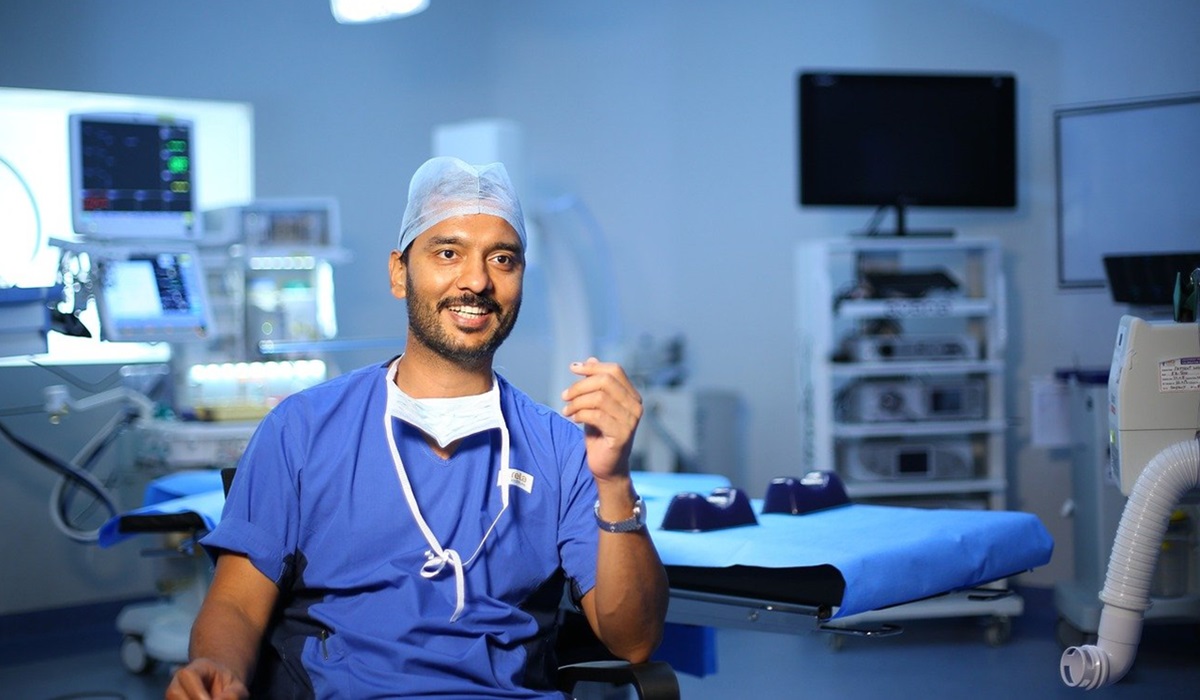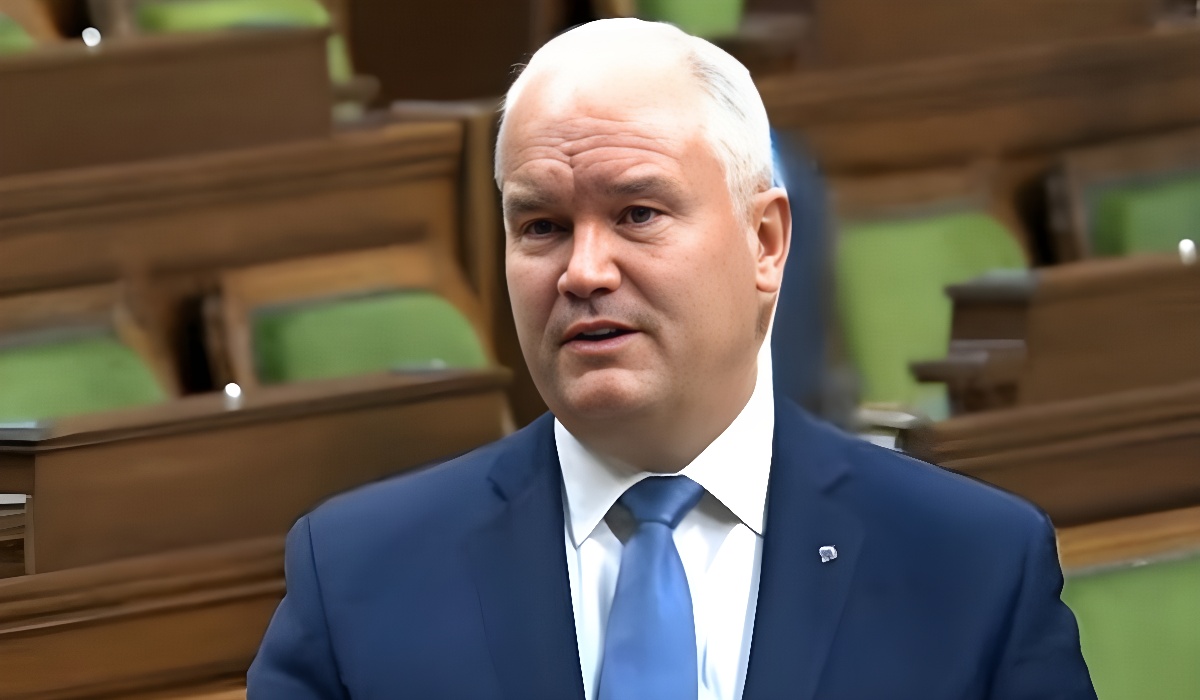Quebec initiates 2020 back to school COVID-19 learning bubble
- TDS News
- Eastern Canada
- COVID-19
- August 10, 2020

If the bubble burst an emergency contingent plan is in place for learning
Following new recommendations from public health authorities, the Quebec government is making adjustments to its game plan for the start of the school year in order to guarantee optimal learning conditions Quebec students in a safe environment for them and for school staff.
Jean-François Roberge Minister of Education along with his colleagues the Minister of Health and Social Services and the National Director of Public Health made the announcements today of the pending changes effecting the restart of the Quebec school year.

Wearing a face covering in schools Thus, wearing a face covering will be compulsory for all students from the 5th year of primary school, including those of secondary school, vocational training and general adult education as well as for all staff members. school during their travels within the school and in school or public transport. However, the face covering will not be compulsory inside the classroom, nor in a room used for catering purposes during the consumption of food or drinks. Although it is recommended, the wearing of a face covering will not be compulsory for preschool and first two cycles of elementary school.
As for visitors, they must wear a face covering at all times, except when they are seated in a room where performing arts are presented, such as an auditorium for example, but a distance of 1.5 meters between people must be kept in this space at all times.
Stable class-groups to minimize any potential propagationAlso, in view of recent scientific literature, the General Directorate of Public Health no longer requires the division of classes into sub-groups of a maximum of six students. The concept of the bubble is thus broadened to encompass the whole class, which must remain stable in order to minimize any potential transmission.
While students in the same class group will not have to observe a physical distance between themselves, the 2-meter distance between students and staff members is maintained. It is maintained as much as possible, but not prescribed in preschool. In preschool and elementary school, the distance of 1 meter between students from different classes who circulate in common areas, including corridors, is also maintained.
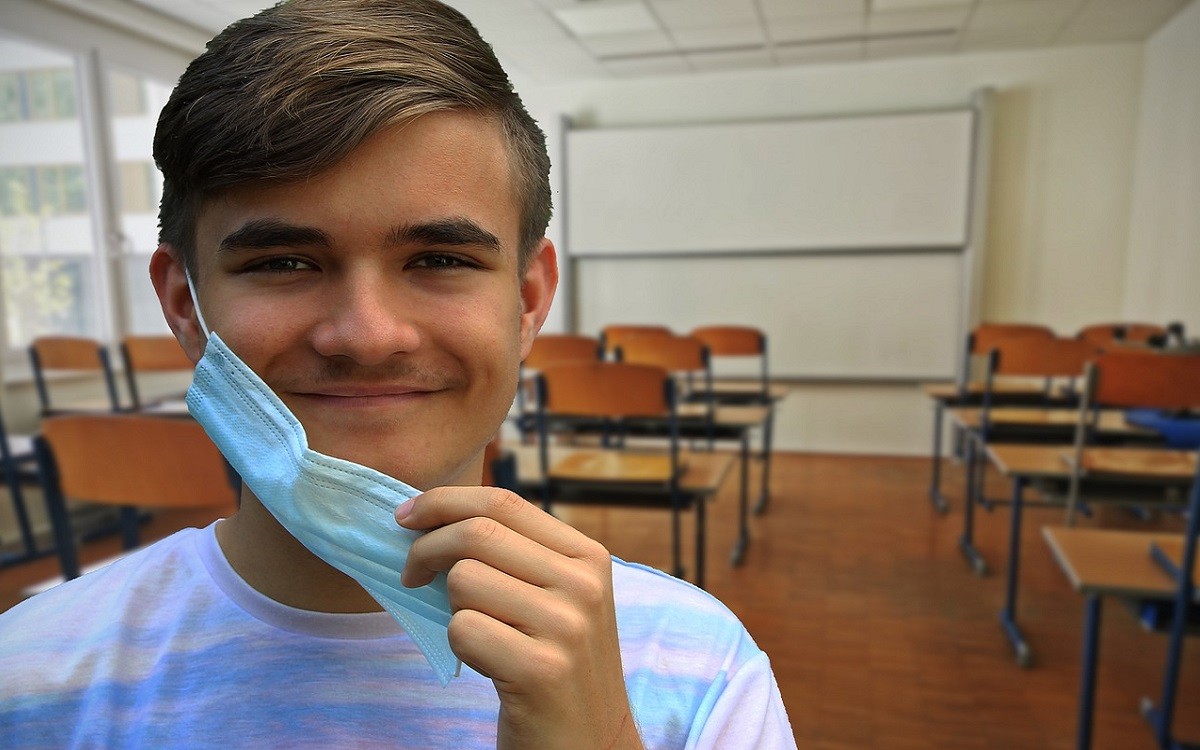
Expansion of distance education offer In accordance with the game plan unveiled last June, all students will return to class next fall, with the exception of those with a special medical condition, for whom distance education will be offered by school service centers. In order to reassure parents, students with a loved one with a particular medical condition may also be eligible for this service offer.
In addition, in order to guarantee a quality of service in distance education for all students in the event of a second wave or occasional class closures, minimum service thresholds have been introduced. These will ensure equity between educational distance learning services, in addition to laying the foundations for the work to be provided to students and ensuring the availability of teachers and professionals to meet the various special needs of students. The minimum number of hours of distance learning courses varies depending on the grade level.
A clear procedure to follow in the event of an outbreak To allow rapid reaction in the event of an outbreak, an update to the INSPQ’s Guide for the management of COVID-19 cases and contacts in schools will be sent to school organizations on August 17. This guide includes, among other things, a clear procedure aimed at informing parents of the main actions that will be taken if a student exhibits symptoms, if a student tests positive for a COVID-19 test, or if several cases are detected within the same class or several classes.
An adapted version of the Self-Care Guide for Coronavirus Disease has also been developed to allow parents to make the best possible decisions during the pandemic. This guide allows you to know the symptoms of COVID-19 and the basic care to be given to your child, and to know when to contact the coronavirus info line. It will be sent to parents before the start of the school year and will be available in French and English on the Québec.ca / coronavirus web page.
In addition to the health instructions that should guide the actions of schools, the school service centers are currently finalizing their emergency protocols, which will allow them to quickly offer quality distance education and compulsory in the event of partial closure. or total of schools.
“Our plan, tabled in June, was well conceived and allowed network players to prepare adequately for the start of the school year. With the details provided today, all schools will soon be ready to welcome our students and school staff in the safest environments possible. Our children and our health are our most precious things. Our government does not intend to compromise on these issues. I would like to thank all the school organizations, our partners and the staff, who, like us, will continue to work very hard in the coming weeks. The efforts we are making together will make this operation a success, for the benefit of the students. ” Jean-François Roberge, Minister of Education

